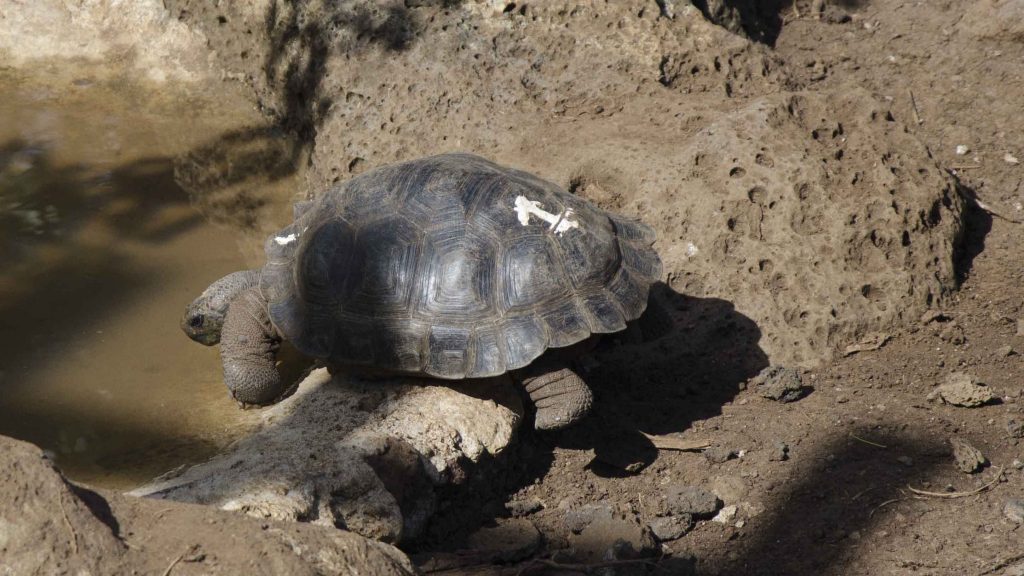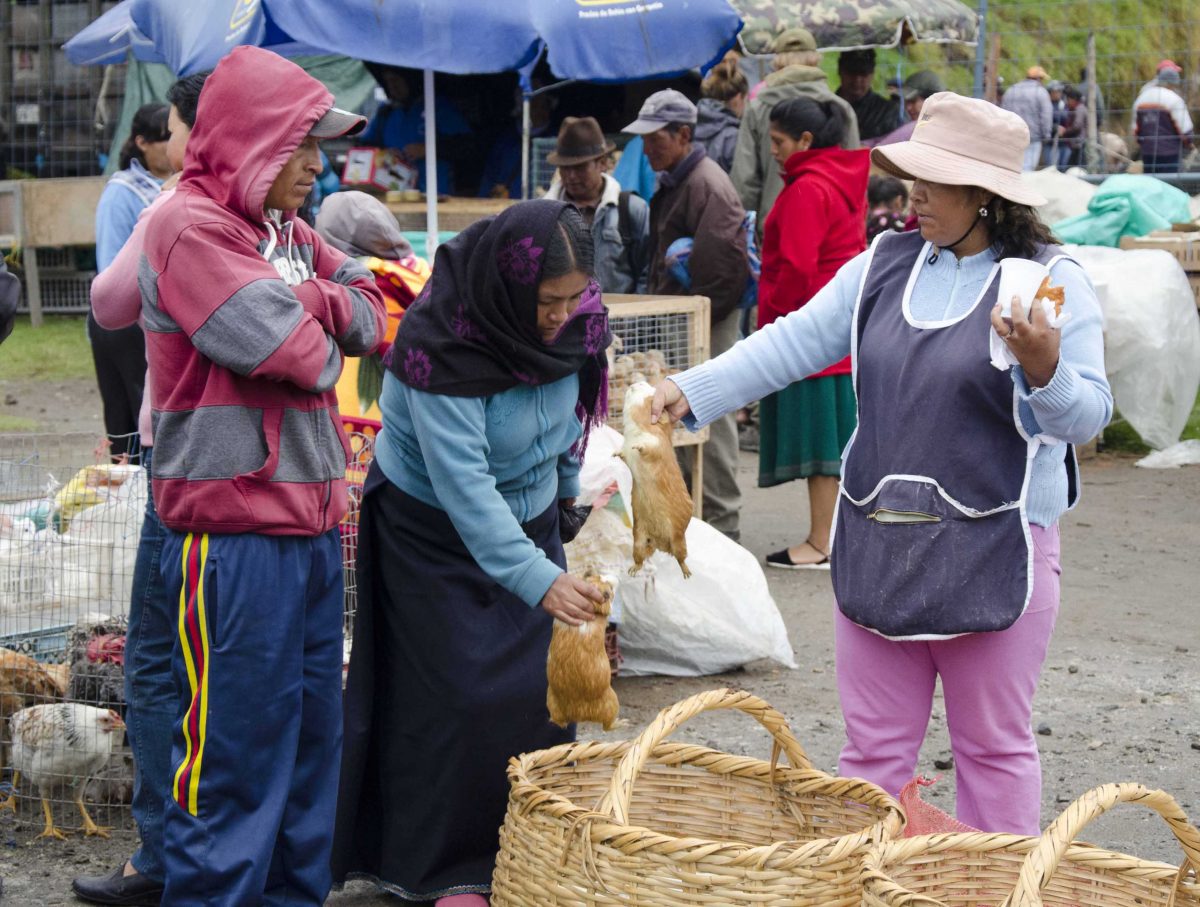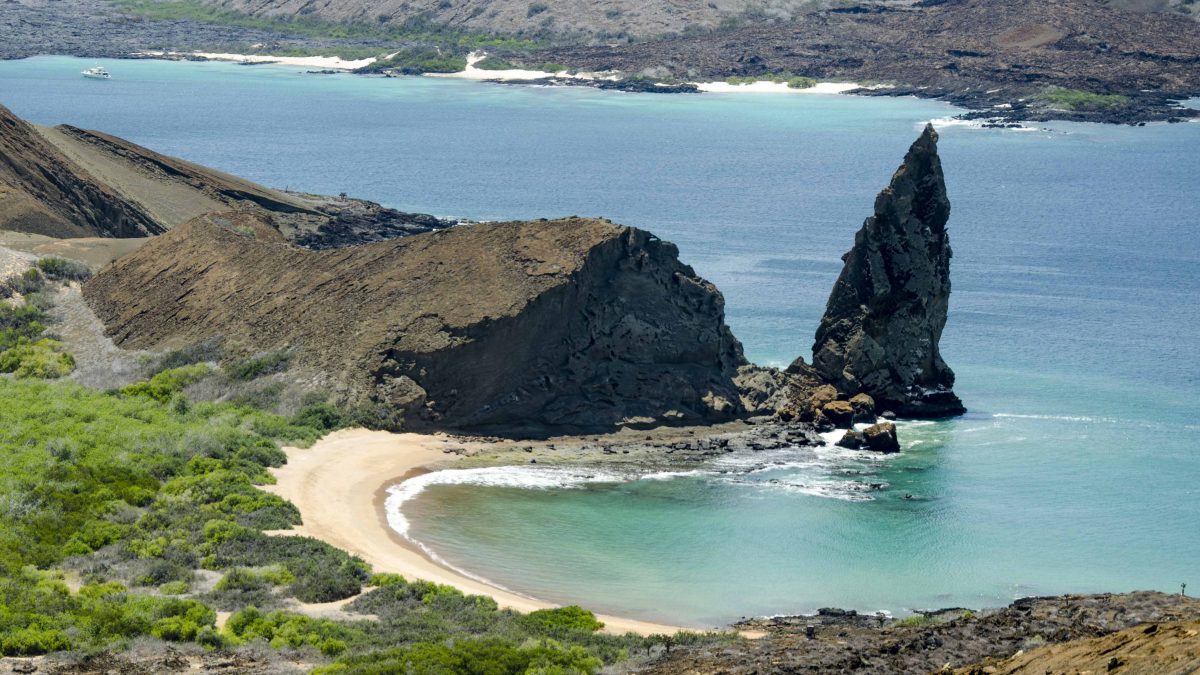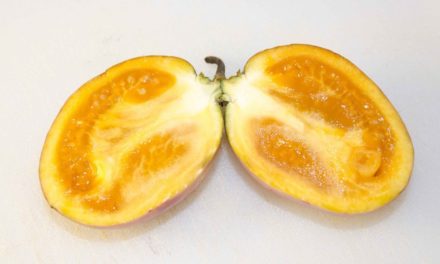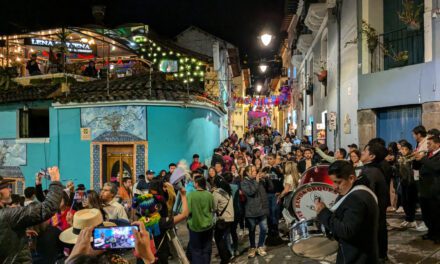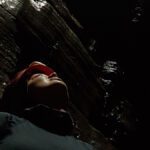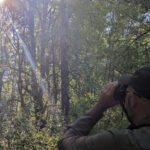First published on May 13, 2016 • Last updated on May 20, 2016
This page may contain affiliate links; if you purchase through them,
we may receive a small commission at no extra cost to you.
A tortoise hatchery sounds like a pretty scientific place where you might expect to see cages, enclosures, incubation rooms, and a sterile lab or two. The Galapaguera at San Cristobal will come as quite a surprise.
What is a Galapago, a Galapaguito, and a Galapaguera?
 The giant tortoises who call the archipelago home are called galapagos in Spanish. A single tortoise is a galapago and a tiny tortoise might be called a galapaguito. So the places where these tortoises are raised are called galapagueras. We translate the word as tortoise hatchery but the Galapaguera on San Cristobal is much more. It is the newest Galapaguera on the archipelago and therefore has a more modern design that allows for older tortoises to come and go as they please. Younger tortoises are kept in protected pens until they are about 5 years old.
The giant tortoises who call the archipelago home are called galapagos in Spanish. A single tortoise is a galapago and a tiny tortoise might be called a galapaguito. So the places where these tortoises are raised are called galapagueras. We translate the word as tortoise hatchery but the Galapaguera on San Cristobal is much more. It is the newest Galapaguera on the archipelago and therefore has a more modern design that allows for older tortoises to come and go as they please. Younger tortoises are kept in protected pens until they are about 5 years old.
These giant creatures are endangered and a large reason is because of humans. When people first started arriving to the islands, the Galapagos Tortoise was seen as a source of food. Many tortoises became meals, the proverbial turtle soup of sailors. The eating of tortoises was just the beginning of the decline of the species. When humans decided to settle on the Galapagos and wanted more than just a tortoise for a meal, they began to farm the land. The areas they farmed also happened to be some of the mating habitat for local tortoises. Add animals introduced by humans, like goats who eat the food the tortoises rely on, and rats, who eat the eggs that tortoises lay, and you quickly have an endangered species.
Saving the Giant Galapagos Tortoise
 There are many programs today that are attempting to save the Galapagos Tortoise. But there are problems. There are several sub-species of tortoises so just moving around healthy populations to bolster unhealthy populations isn’t always the answer. The Charles Darwin Research Station started the first tortoise hatchery on the islands and has made an honest attempt to save species true to each island. Tortoises lay their eggs in the wild, they are brought to the hatchery and kept safe in incubators until they hatch. And then the tortoises are raised with their fellow hatchlings by year group, marked by numbers on their shells, and moved from hatch, to cage, to walled enclosure until they are considered large enough to survive on their own. Then they are returned to the wild.
There are many programs today that are attempting to save the Galapagos Tortoise. But there are problems. There are several sub-species of tortoises so just moving around healthy populations to bolster unhealthy populations isn’t always the answer. The Charles Darwin Research Station started the first tortoise hatchery on the islands and has made an honest attempt to save species true to each island. Tortoises lay their eggs in the wild, they are brought to the hatchery and kept safe in incubators until they hatch. And then the tortoises are raised with their fellow hatchlings by year group, marked by numbers on their shells, and moved from hatch, to cage, to walled enclosure until they are considered large enough to survive on their own. Then they are returned to the wild.
But the Charles Darwin Research Station is attempting to save many sub-species at the same time. It was important that the government of Ecuador build other Galapagueras to save species on other islands. Today, there are two other tortoise hatcheries, the Galapaguera on Isla Isabela and the newest addition in San Cristobal. In my opinion, the Galapaguera de Cerro Coloradois also the best of the three.
Visiting Galapagos Tortoises on San Cristobal
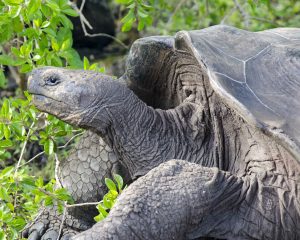 The Galapaguera de Cerro Colorado on San Cristobal is located on the far side of the island and you will need to take a taxi or a tour bus from Puerto Baquerizo Moreno. Or, if you are more adventurous, you might rent a bike to peddle the 23 kilometers. Just know that it will mean peddling up hill both ways as the road passes over the San Cristobal highlands right past the only sweet water lake in the Galapagos. That also means it will be a cold, damp ride up on the top of the highlands but a hot, sweaty ride at the lower elevations. If you are not accustomed to biking, it is not a recommended trip.
The Galapaguera de Cerro Colorado on San Cristobal is located on the far side of the island and you will need to take a taxi or a tour bus from Puerto Baquerizo Moreno. Or, if you are more adventurous, you might rent a bike to peddle the 23 kilometers. Just know that it will mean peddling up hill both ways as the road passes over the San Cristobal highlands right past the only sweet water lake in the Galapagos. That also means it will be a cold, damp ride up on the top of the highlands but a hot, sweaty ride at the lower elevations. If you are not accustomed to biking, it is not a recommended trip.
Most taxi drivers will combine this with other destinations like Puerto Chino, El Junco, the Otoy Farm, or the tallest tree in the Galapagos.
We recommend walking the trails at the Galapaguera with camera in hand so that you are ready to take photos of the tortoises. Carry some water with you as the trails, though well shaded, can still be very hot. But leave the snacks in the car. Some taxi drivers will walk the trail with you and act as a guide but everything is well marked and it would take a very unobservant visitor to miss the tortoises altogether! You can easily tackle this short trail on your own and learn plenty from the interpretive signs that are written in both English and Spanish.
[ready_google_map id=’64’]


